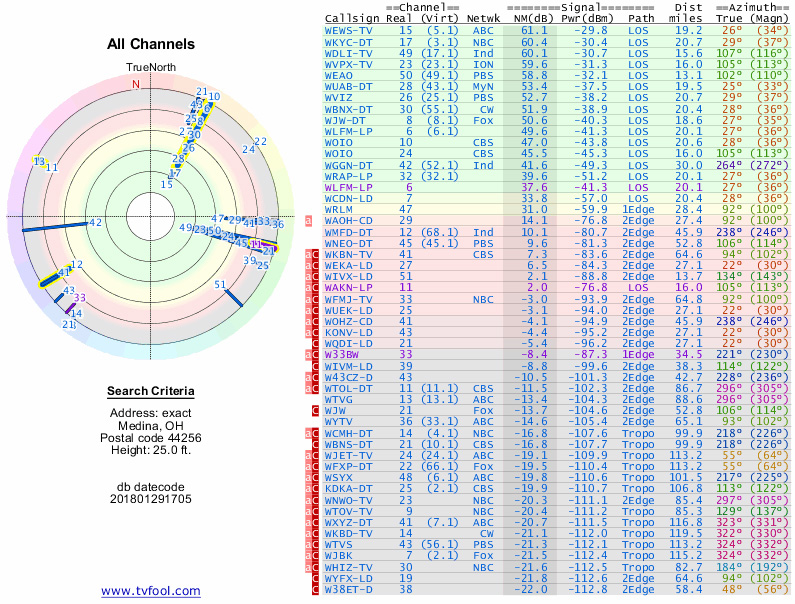My wife and I were married and bought our house last spring. I went the first 41 years of my life without having paid for any TV service. I’ve always been happy with OTA channels. Conversely, my wife has never lived without cable TV. When we bought our house, I talked her into giving OTA channels plus Sling a shot. When she found out she was losing her DVR, I researched and bought the 4-tuner Tablo to make her experience as close as possible to what she was used to. For 6 months or so, we were both thrilled with the functionality. But starting a couple months ago, we’ve been having more and more problems with freezing of live TV and recordings. It started as an annoyance that we’d have to close and reopen the app a couple times per hour, and occasionally have to cycle the power on the Tablo. For the past few weeks it’s been virtually unusable with reopening the app and rebooting the unit more and more frequently not helping. The harmony in the house reached its low point when she wasn’t able to watch the majority of the Golden Globes, and the recording freezes after a few minutes. This was a big deal for her. I don’t pretend to understand.
All of our TVs are equipped with Amazon Fire 4k sticks (as of the last month). They previously used various previous versions of Amazon boxes/sticks. I assume this isn’t a problem with the new 4k sticks being less compatible with Tablo, but it’s worth mentioning. Our antenna is roof-mounted, professionally-installed/aimed, and we’re not more than about 20-25 miles from the towers. We have one TV that is directly connected to the antenna and it gets 40-50 channels at the strongest signal strength, and there’s never a problem with reception. In short, I really don’t think this has anything to do with the signal strength. But I’m willing to investigate that if anybody sees a way this could still be a problem. We’re in Medina, Ohio, picking up Cleveland and Akron area stations, and the antenna is mounted atop the second story of the house without any significant tree coverage in the area.
I know that the quality settings have a lot to do with the experience, and, admittedly, I set them to the highest quality from the start (1080, 10 Mbps). I knew it might be pushing things, but it was worth a shot. And it worked. For months. So I assumed my network could handle it. As part of my troubleshooting, I reduced the Live TV quality to 720/5 (recording still at 1080/10) a couple weeks ago and it hasn’t made any perceivable difference.
The Tablo is hardwired to the router (Linksys EA8300 Max-Stream AC2200), and the Wifi signal is extremely strong at all three TVs. Moreover, we have absolutely no problems streaming Sling on any of the TVs, and we also have a Plex server that we’re able to stream HD content from without any problems. For these reasons, I want to rule out our network as being the problem, but I’m admittedly not as knowledgeable on networking as I am with computer hardware/software. Feel free to point out what potential problems I could be overlooking.
For all of these reasons, I’m inclined to blame either the Tablo or the hard drive (WD 2TB Elements). Not having an extra hard drive handy to try, what can I do to try to narrow down the problem short of ordering a new (potentially unnecessary) drive?
One other thing to mention – we’re using the Tablo app, not the Tablo Preview app. When originally setting this all up, I noticed the two versions and assumed the Preview was some sort of trial version. I dismissed it immediately and have never downloaded it. Now, it seems that it’s something more than what I originally thought it was, but I have no idea if it’s what I need for a better experience. I hope not, as I like the Tablo app, but let me know if this factors into things.
Between the Tablo, lifetime subscription, and hard drive, I have just under $500 invested in this, so I really hope this is fixable and not lost money. I’m not sure how much longer my wife will allow the “experiment” to continue.

